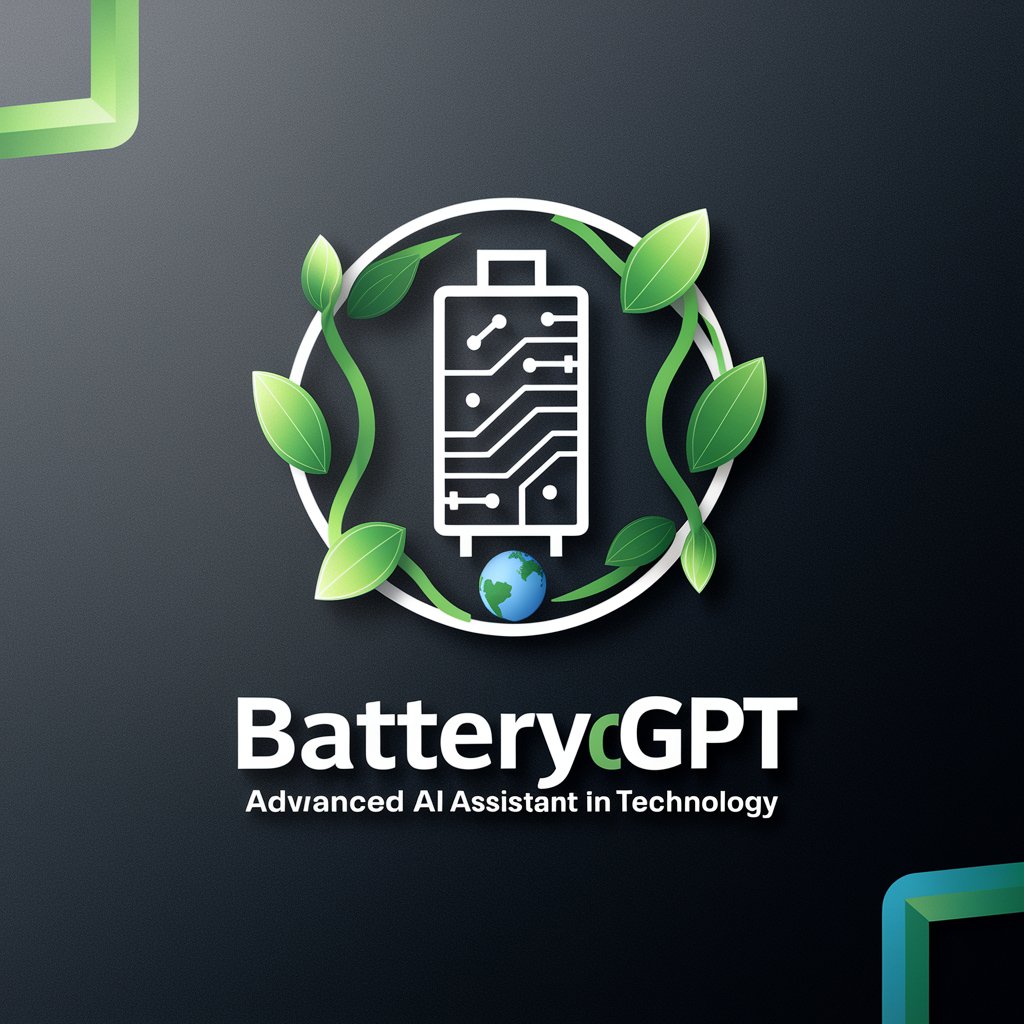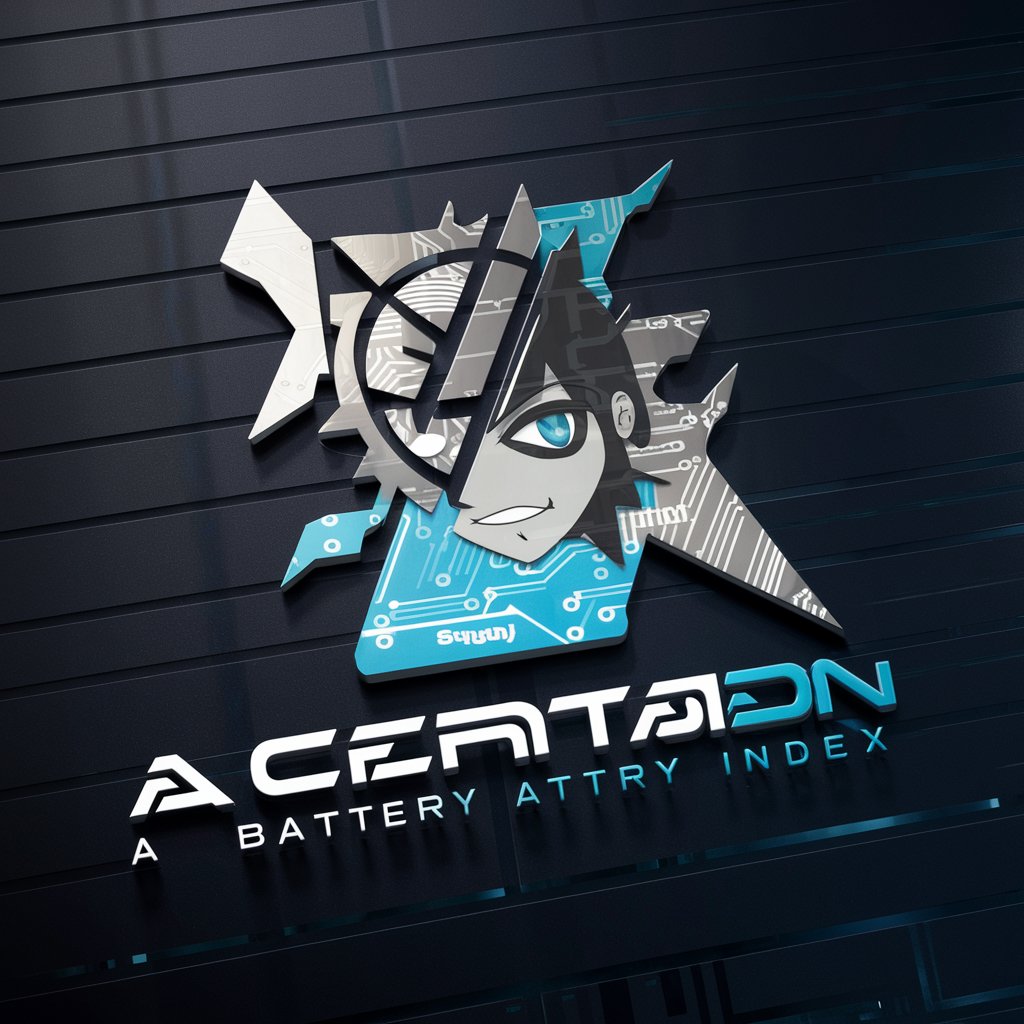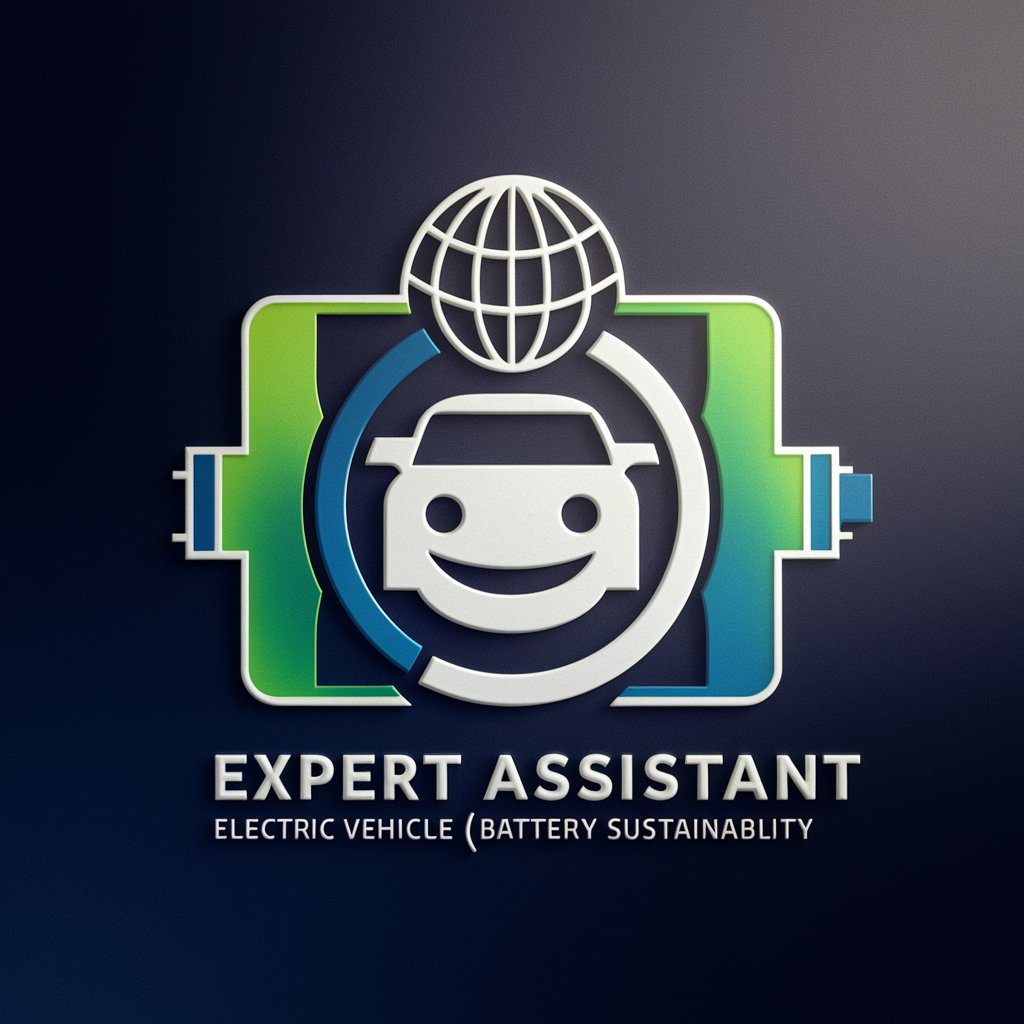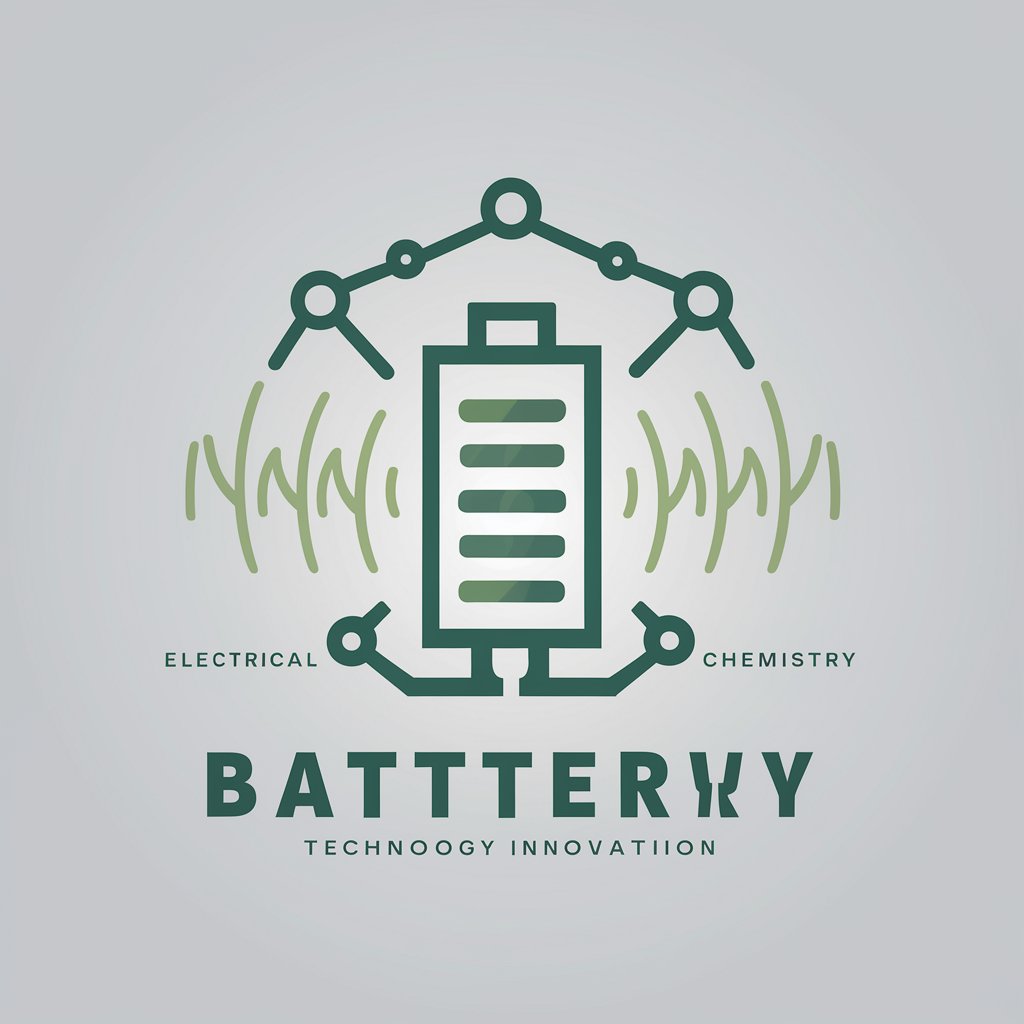
Batteries - Battery Insights and Tips

Welcome! I'm your go-to guide for all things battery-related.
Powering the Future with AI-Driven Battery Guidance
Explain the differences between various types of batteries.
How can I maximize the lifespan of my battery?
What are the key considerations when choosing a battery for a specific device?
Describe the latest advancements in battery technology.
Get Embed Code
Understanding Batteries: Design and Function
Batteries, in the context of this GPT's specialty, refer to a broad category of energy storage devices that are essential for powering a wide array of electronic gadgets and systems. These devices convert stored chemical energy into electrical energy to provide a portable and convenient power source for everything from small consumer electronics to large industrial equipment. The basic function of batteries involves the interplay of cathode and anode materials, an electrolyte, and a separator to facilitate a chemical reaction that produces electricity. This fundamental design allows for the creation of various types of batteries, including alkaline, lithium-ion, nickel-metal hydride, and lead-acid batteries, each suited to specific applications. For example, lithium-ion batteries are prized for their high energy density and are commonly used in smartphones, laptops, and electric vehicles, while lead-acid batteries are often employed in automotive and backup power applications due to their robustness and cost-effectiveness. Powered by ChatGPT-4o。

Core Functions of Batteries and Real-World Applications
Energy Storage and Portability
Example
Lithium-ion batteries in electric vehicles
Scenario
Provide a portable power source that can be charged and discharged multiple times, making electric vehicles a practical alternative to traditional gasoline-powered cars.
Powering Portable Electronics
Example
Alkaline and lithium batteries in handheld gadgets
Scenario
Enable the operation of portable devices such as smartphones, laptops, and digital cameras, allowing users to use these devices on the go without needing a constant power supply.
Emergency Backup Power
Example
Lead-acid batteries in uninterruptible power supplies (UPS)
Scenario
Offer a reliable power backup solution for critical systems and devices during power outages, ensuring continuity of operations in homes, offices, and data centers.
Renewable Energy Storage
Example
Lithium-ion and flow batteries in solar and wind energy systems
Scenario
Store excess energy generated from renewable sources, making it possible to use this energy when sunlight or wind is not available, thus enhancing the efficiency and reliability of renewable energy systems.
Target Users of Battery-Related Services
Technology Enthusiasts
Individuals keen on the latest gadgets and sustainable technologies, including electric vehicles and renewable energy systems, will find detailed battery information invaluable for making informed decisions.
Professionals in Electronics and Energy Sectors
Engineers, technicians, and energy managers require comprehensive battery knowledge to design, maintain, and optimize battery-powered systems and integrate them with other energy sources.
General Consumers
Everyday users seeking to maximize the performance and lifespan of their battery-powered devices, from smartphones to home energy storage systems, benefit from understanding battery types, maintenance, and selection criteria.

Guidelines for Using Batteries
Start with a Free Trial
Initiate your journey at yeschat.ai for an unrestricted trial experience without the need for login or subscribing to ChatGPT Plus.
Identify Your Needs
Assess your requirements for battery usage, whether for personal gadgets, industrial applications, or renewable energy storage, to select the most suitable type.
Learn About Battery Types
Familiarize yourself with various battery types, including alkaline, lithium-ion, and NiMH, to understand their advantages and applications.
Proper Handling and Maintenance
Adopt best practices for battery handling and maintenance to ensure safety and extend battery life, such as proper charging techniques and avoiding extreme temperatures.
Recycling and Disposal
Engage in responsible recycling and disposal of batteries to minimize environmental impact, seeking out local recycling programs and hazardous waste facilities.
Try other advanced and practical GPTs
Houdini meaning?
Unleash Creativity with AI
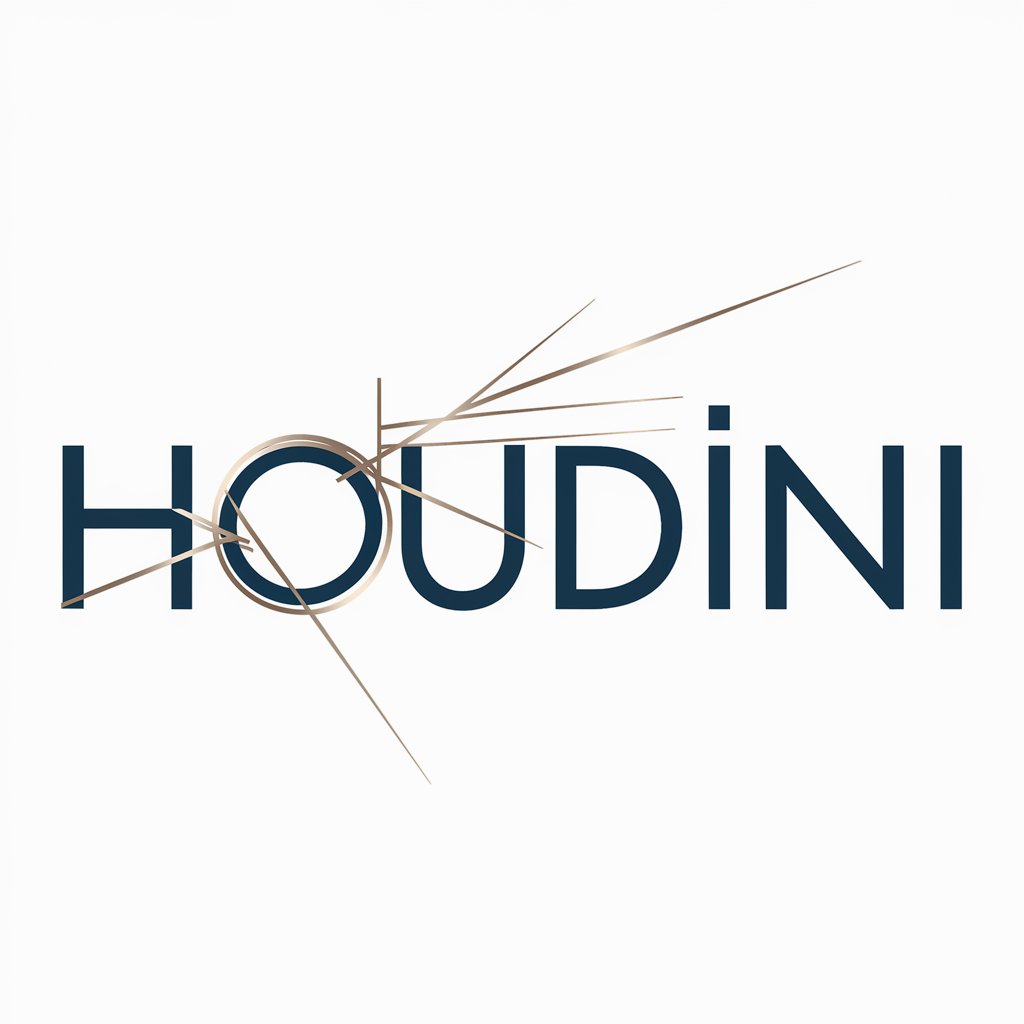
Sushi
Dive into the Art of Sushi with AI

Punchline meaning?
Elevate Your Content with AI-Driven Humor

Prototype meaning?
Transforming Queries into Insights

Matchmaker's Haven meaning?
Enhancing Relationships with AI

Curry
Explore the world of curry, powered by AI

Candles
Illuminate Your Space with AI-Powered Candle Knowledge

All About Love
Empowering Love with AI Insight

Breathe From Coma meaning?
Ignite Creativity, Foster Innovation

Survival
Empower Your Wilderness Adventures with AI

DevGPT
Empowering Development with AI

アダチさん37号(ブログ対話篇)
Navigate and Query Blogs with AI

Comprehensive Q&A on Batteries
What are the main differences between alkaline and lithium batteries?
Alkaline batteries are cost-effective, suited for low-drain devices like remote controls, while lithium batteries offer a longer lifespan and better performance in high-drain devices and extreme temperatures.
How can I extend the life of my rechargeable batteries?
To extend their life, rechargeable batteries should be kept at moderate temperatures, avoided from being fully discharged frequently, and used regularly to prevent capacity loss.
What is the best way to store batteries not in use?
Batteries should be stored in a cool, dry place, away from metal objects and sunlight, and ideally at a 40-60% charge state for lithium-ion types.
Can I mix different types of batteries in the same device?
Mixing different types or brands of batteries in the same device can lead to leakage, reduced performance, or damage, and is generally not recommended.
What are the environmental impacts of batteries?
Batteries contain metals and chemicals that can be harmful if not disposed of properly. Recycling helps reduce pollution, conserve resources, and mitigate the environmental impacts.

